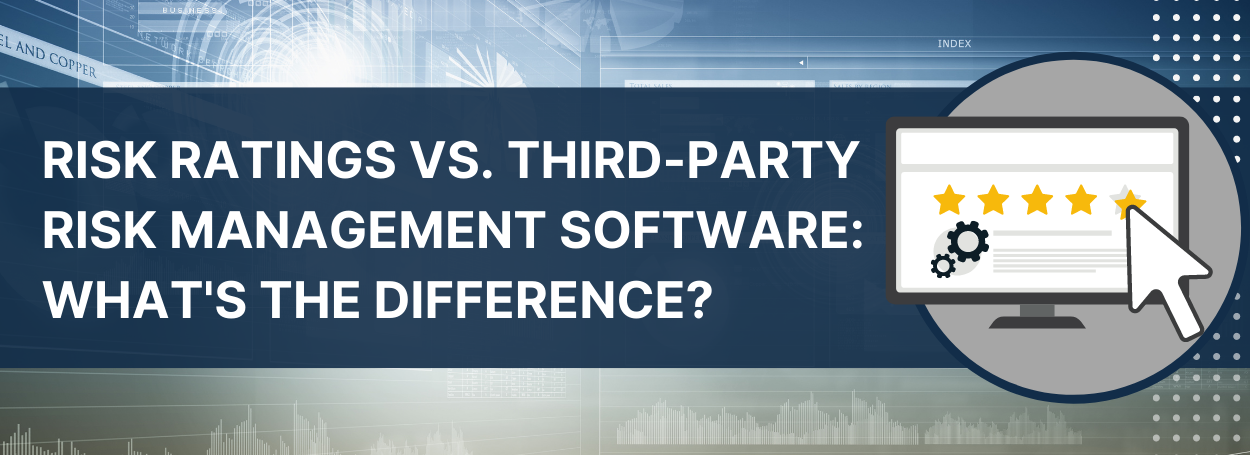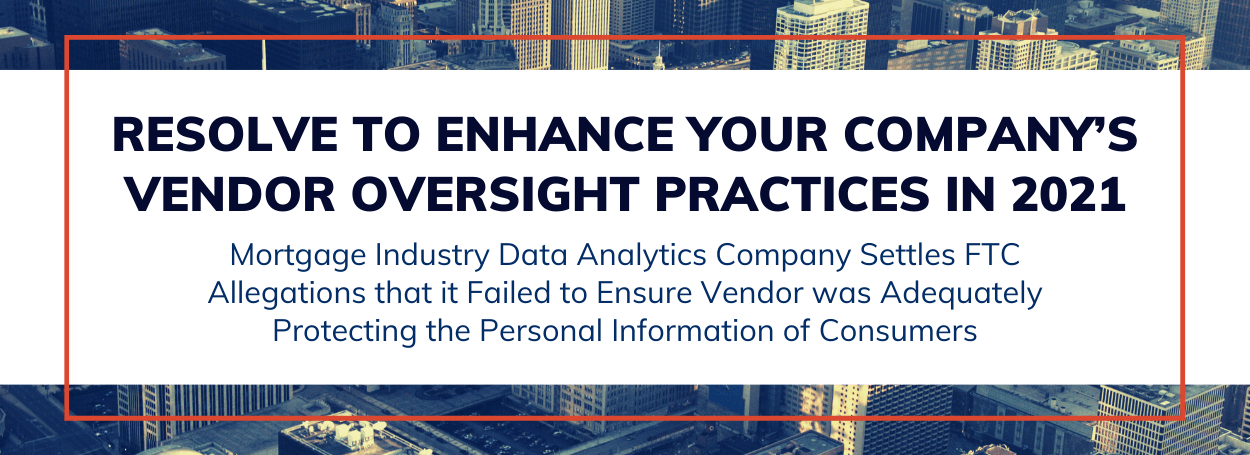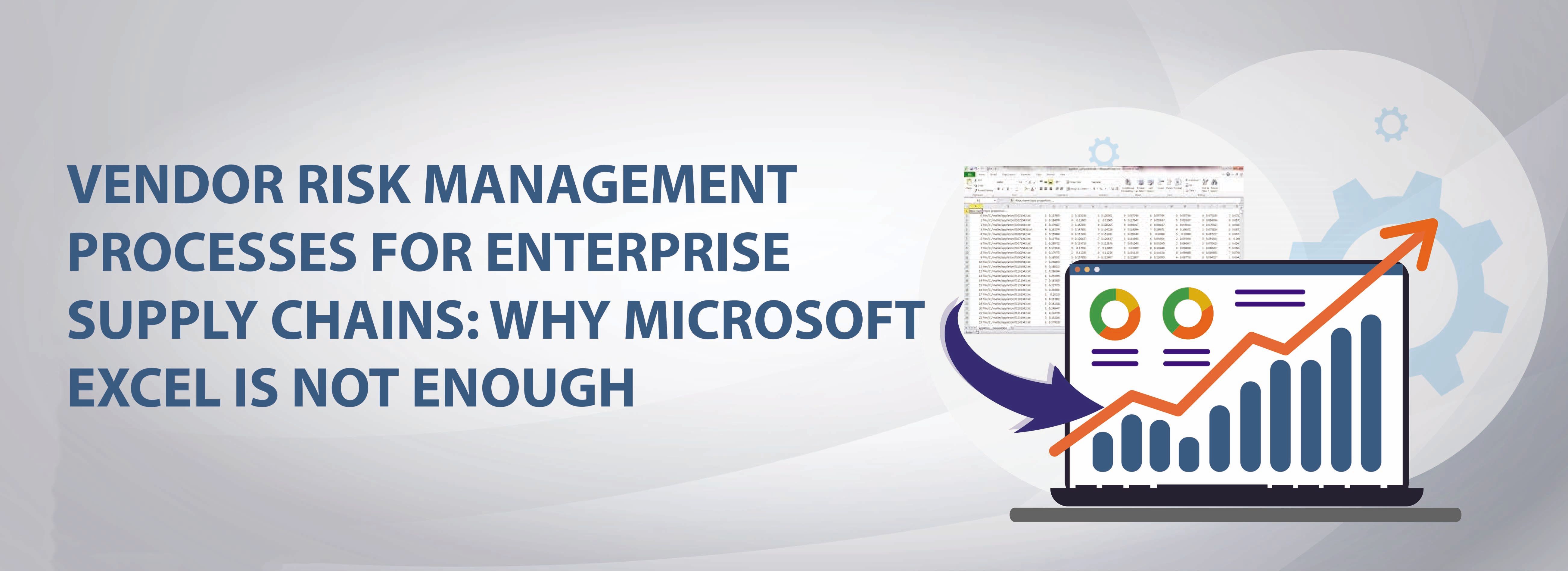Risk Ratings vs. Third-Party Risk Management Software: What's the Difference?

In today’s fast-paced world, businesses not only benefit from third parties’ services, but they may also even depend on them for the day-to-day operations of their business.
Likewise, service providers offer commercial advantages in an increasingly competitive market. By outsourcing certain business operations to a vendor, business owners can often reduce costs and boost productivity.
But these advantages are not risk-free for organizations, as third-party relationships can generate reputational, regulatory, cybersecurity, financial, and operational risks.
There are many different types of supplier risks that you should be aware of to prepare for and limit the potential for a negative impact on your supply chain. Understanding the risk exposure and the right strategies to mitigate these vulnerabilities is essential for your business.
In this post, we’ll discuss third-party risk management, the different types of tools that support this critical element of your overall Enterprise Risk Management (ERM) strategy, and how you can use them to build or improve your third-party risk management program.
What is Third-Party Risk Management (TPRM)?
Third-Party Risk Management (TPRM), also known as Vendor Risk Management (VRM), is the process of identifying, assessing, and managing potential risks posed by third-party relationships of a business.
Third parties are any person or entity outside an organization that provides services or infrastructure, influencing the organization’s security and business continuity. This includes any fourth party that a supplier subcontracts to perform a service.
Any firm with which your company collaborates is referred to as a third party. Suppliers, manufacturers, service providers, business partners, affiliates, distributors, resellers, and agents are all included in this category.
They can be both upstream (suppliers and vendors) and downstream (distributors and resellers), and they can be contractual or non-contractual. They may, for example, provide a Software-as-a-Service (SaaS) product to keep your staff productive, or they could provide logistics and transportation for your physical supply chain.
Third-Party Risk Management (TPRM) is important because working with third parties, either directly or indirectly, impacts your cybersecurity and increases the complexity of your information security for several reasons:
- Third parties are often not under your control, nor do you have full transparency into their security controls. Some vendors have strong security standards and sound risk management processes, while others leave much to be desired. So, vendor risk assessments are critical before engaging with any third party.
- In the event of a data breach or cyber attack, every third party is a possible attack vector. If a vendor’s attack surface is weak, it could be exploited to get access to your company. The more vendors you use, the greater your attack surface and potential vulnerabilities.
- GDPR, CCPA, FIPA, HIPAA, LGPD, and others have data protection and data breach reporting requirements which drastically raises the reputational risk of poor third-party risk management. Suppose a third party with access to your customer data is themselves a victim of a cyberattack. In that case, it means your organization is just as vulnerable and liable for the breach.
What Are the Different Types of Tools That Support TPRM?
A third party causes many data breaches, and only some of the vendors disclose that a violation has occurred. So it is no wonder that many organizations prioritize investment in their TPRM programs.
Those who continue to rely on inefficient manual processes are more likely to experience a cyber breach, as well as reputational and regulatory consequences.
However, with the right risk management tools, businesses can streamline and maximize the efficiency of their risk management procedures so that they can continue to confidently pursue third-party relationships that add value to the company.
When shopping for a risk management solution, it’s essential to understand that not all tools are created equal. Thus, you need to understand what types of tools are available to determine which will ultimately be best for your business.
As it relates to third-party risk, there are two main types of tools available: third-party risk rating software and third-party risk management software. While these two are often used interchangeably, there are some stark differences between them.
Third-Party Risk Rating Software
Third-party risk rating software outsources the third-party risk assessment of individual vendors to the software company itself.
While less in-depth, it provides users with a general score or rating associated with a particular vendor based on various criteria that you give the tool.
The security rating will help you determine whether it is safe to continue with the work or whether you need to take additional control measures to address any unmitigated risk associated with the partnership.
Third-Party Risk Management Software
Third-party risk management software is far more in-depth and hands-on in the risk assessment process, allowing you the control to assess risk by your standards, not those of a third party.
It empowers the user to have increased transparency into the security of a vendor’s infrastructure and continuous monitoring of their level of risk over time.
TPRM software collects, organizes, and analyzes third-party risk data to protect companies from issues such as data breaches or non-compliance.
This type of software enables businesses to assess, monitor, and apply risk remediation that can significantly impact the business if left undone.
In addition, compliance officers use TPRM software to ensure compliance with internal policies and government regulations such as GDPR, CFPB, or HIPAA.
How Are Risk Ratings and TPRM Software Different?
As you may already have guessed after reading their definitions, TPRM software and third-party rating software are very different.
Risk rating solutions are useful as part of a TPRM strategy, but they shouldn’t be used at the only strategy. A robust, third-party risk management platform empowers you to evaluate a vendor’s associated risk from your unique business perspective. .
TPRM software takes a much more in-depth look at how vendors handle their duties on a day-to-day basis in connection to their relationship with your company. This gives your company control over risk management and allows you to customize it to your risk profile.
Larger enterprises or those with regulatory obligations that need to enforce strict vendor onboarding protocols and implement ongoing monitoring for compliance should opt for third-party risk management software.
How Vendor360 Can Help You Scale Your Third-Party Risk Management Program
Vendor360 is a third-party risk and compliance ecosystem management solution that helps businesses create risk assessments for each vendor, evaluate a vendor’s security posture and monitor the entire lifecycle.
Our third-party risk management solution aggregates your third-party vendor data, helps you automate your vendor assessments, and provides greater insight into vendor performance over time.
Our configurable platform capabilities include:
- Workflow automation to eliminate tedious manual processes,
- Customizable questionnaire templates,
- Recurring assessment scheduling,
- Auto-assignment to business users,
- Real-time monitoring and alerts, and
- Dashboards and reporting functionality, and more!
Ready to learn more? Book a free Vendor360 demo today.


